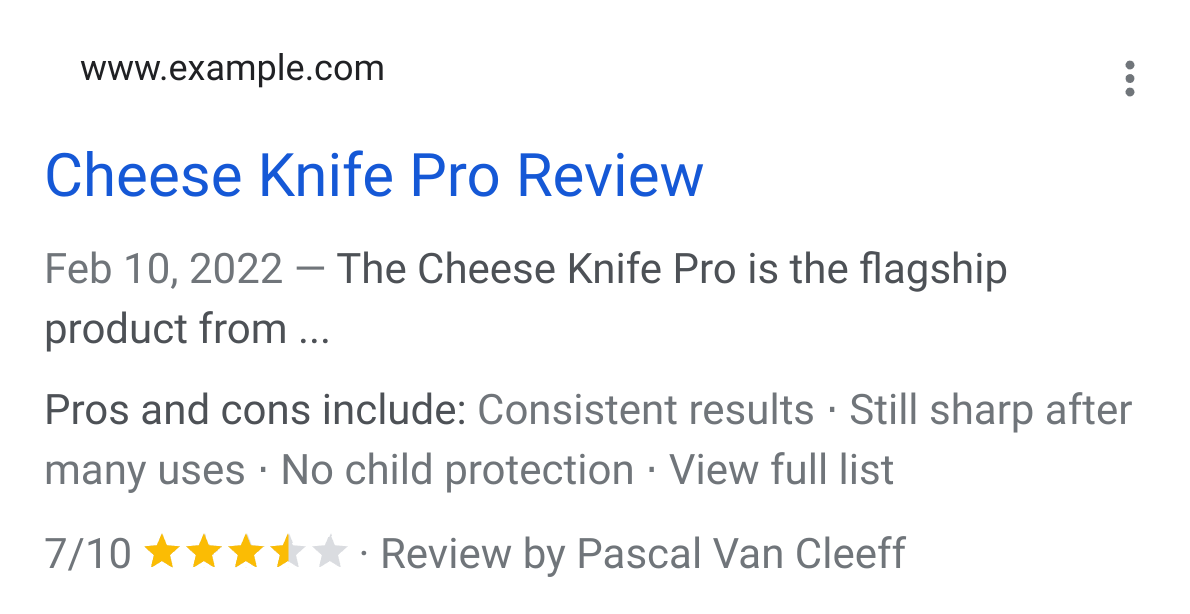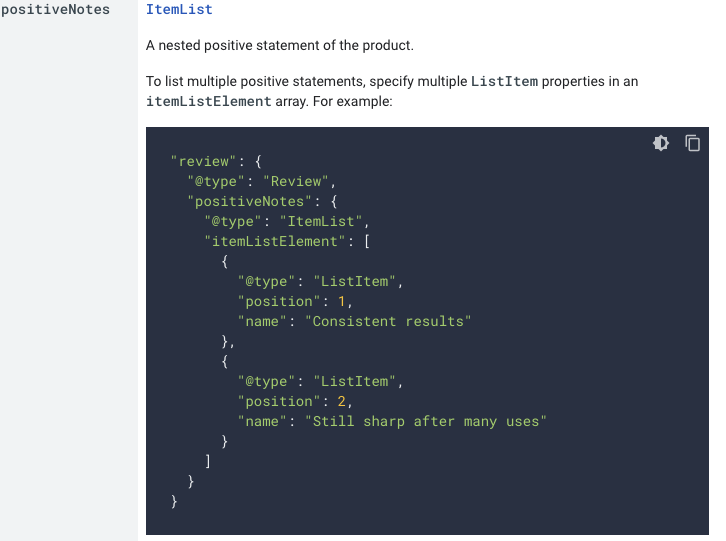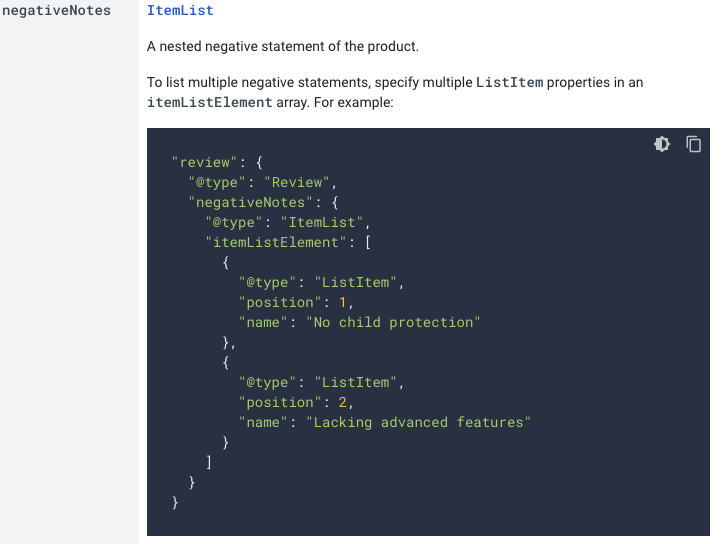Google updates search results for product review pages by listing an item’s pros and cons in the search snippet.
In addition, there’s structured data to go along with this update, but it’s not 100% mandatory to qualify for the new snippets.
While the new pros and cons structured data is recommended, Google says it will try to pull the information into the snippets automatically.
Here’s what’s changing and how to manually add the structured data to your product review pages.
New Search Snippets For Product Review Pages
Google is displaying more detailed snippets for product review pages with new lines of text listing pros and cons.
In a blog post, Google states:
“Product reviews often contain a list of pros and cons, which our research has shown to be popular with shoppers when making their purchasing decisions. Because of their importance to users, Google Search may highlight pros and cons in the product review snippet in Search results.”
An example of the new search snippet is shown below:
 Image credit: Screenshot from developers.google.com/search/blog, August 2022.
Image credit: Screenshot from developers.google.com/search/blog, August 2022.Google can create these new snippets automatically, as long as the information appears somewhere on the page.
You can make the information clear to Google by marking up your product review pages with pros and cons structured data.
New Pros & Cons Structured Data
In conjunction with the update to product review search snippets, Google is introducing a new type of structured data.
As a best practice, it’s always recommended to use Google-supported structured data when possible, even if it’s not a requirement.
To manually tell Google about the pros and cons of an editorial product review, add the positiveNotes and/or negativeNotes properties to your nested product review.
Examples of both types of markup code are shown below:
 Image credit: Screenshot from developers.google.com/search/docs/advanced/structured-data/product
Image credit: Screenshot from developers.google.com/search/docs/advanced/structured-data/product Image credit: Screenshot from developers.google.com/search/docs/advanced/structured-data/product
Image credit: Screenshot from developers.google.com/search/docs/advanced/structured-data/productSee Google’s official documentation for more information about applying this markup.
If you add pros and cons structured data, you must follow these guidelines:
- Currently, only editorial product review pages are eligible for the pros and cons appearance in Search, not merchant product pages or customer product reviews.
- There must be at least two statements about the product. It can be any combination of positive and/or negative statements (for example, ItemList markup with two positive statements is valid).
- The pros and cons must be visible to users on the page.
Source: Google
Featured Image: Roman Samborskyi/Shutterstock
window.addEventListener( 'load', function() { setTimeout(function(){ striggerEvent( 'load2' ); }, 500); });
window.addEventListener( 'load2', function() {
if( sopp != 'yes' && addtl_consent != '1~' ){
!function(f,b,e,v,n,t,s) {if(f.fbq)return;n=f.fbq=function(){n.callMethod? n.callMethod.apply(n,arguments):n.queue.push(arguments)}; if(!f._fbq)f._fbq=n;n.push=n;n.loaded=!0;n.version='2.0'; n.queue=[];t=b.createElement(e);t.async=!0; t.src=v;s=b.getElementsByTagName(e)[0]; s.parentNode.insertBefore(t,s)}(window,document,'script', 'https://connect.facebook.net/en_US/fbevents.js');
if( typeof sopp !== "undefined" && sopp === 'yes' ){ fbq('dataProcessingOptions', ['LDU'], 1, 1000); }else{ fbq('dataProcessingOptions', []); }
fbq('init', '1321385257908563');
fbq('track', 'PageView');
fbq('trackSingle', '1321385257908563', 'ViewContent', { content_name: 'google-product-review-pros-cons', content_category: 'news seo' }); } });

